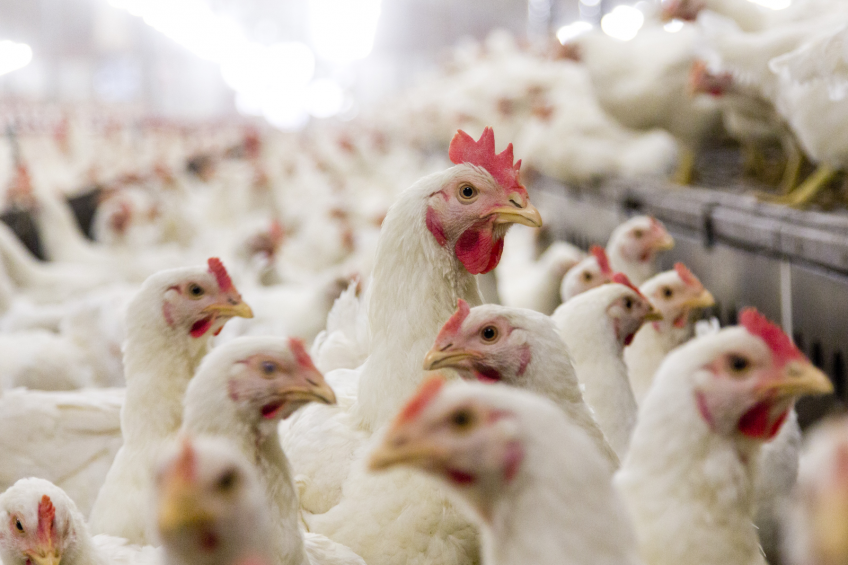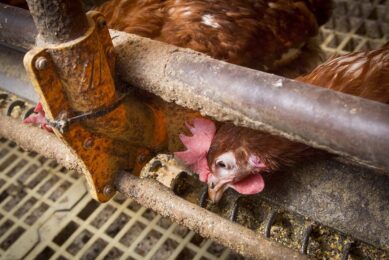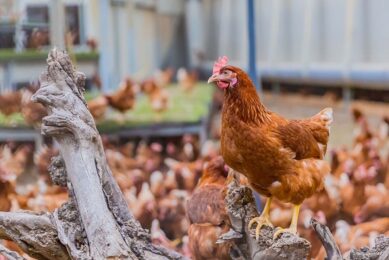Essential oils key in fight against antibiotic use

Essential oils are a key solution to an alternative for antibiotic growth promoters (AGPs), this was shown by research carried out by US food giant, Cargill. But what do essential oils achieve that other non-medicated feed additives don’t?
As an independent supplier, the company performed cross-additive research and determined the most beneficial types of feed additives for individual customer needs. For consistent performance improvement, essential oils turned out to be a key solution because they impact all 4 key gut function areas.
Essential oils key in gut health support
Gut health is important in poultry production because the digestive system performs key functions essential to ensuring birds’ optimum performance. The optimal gut function in 4 key areas are:
- Managing microflora for a well-balanced bacterial population
- Controlling immune function and inflammatory response
- Maximising nutrient digestion and absorption
- Improving the physical barrier against pathogens
While all additives studied showed some benefit in these areas, Cargill researchers found that selected essential oil compounds, particularly those derived from thyme, cinnamon and oregano, had the most comprehensive effect on overall gut health. Benefits included antimicrobial activity, modulation of immune response, antioxidant activity, improvement of nutrient digestibility and stimulation of mucus production.
“Activity against pathogens”
“Only essential oils have both a broad spectrum of activity against pathogens and a direct impact on digestive function,” said Stephanie Ladirat, global technology lead for gut health additives in Cargill’s animal nutrition business.
Also interesting: Worrying increase in antimicrobial drug use in US livestock
Domestic sales and distribution of antimicrobials approved for use in food producing animals in the US increased by 22% from 2009 through 2014. This is stated in the latest FDA report on this topic.
Since 2009, a combined total of 77 comprehensive in vitro and in vivo trials have been conducted at Cargill’s Animal Nutrition Innovation Centers in Velddriel, the Netherlands, and Elk River, Minn., as well as at regional facilities in Jordan, France, Poland, India and the US, on additives including essential oils, probiotics, yeast derivatives and medium chain fatty acids (MCFA).
Essential oils role in antibiotic reduction
Essential oils were found to be particular efficient in conditions where intestinal infections such as Salmonellosis and Coccidiosis were present. They were also found to be a viable alternative to antibiotics as more than 85% of the results showed a minimal difference between the positive control (antibiotics) and essential oils.
Also interesting: Battling coccidiosis with vaccinations
Coccidiosis in broiler flocks can be tackled by administering anti-coccidials. However, resistant coccidiosis can render coccidiostats almost useless. That was the case at Tom Serraerens broiler farm in Belgium. Using a vaccine was his last resort.
The research also showed that essential oils are just one facet of a feeding programme that promotes ideal gut health and allows antibiotic reduction. Research findings support combining essential oils with organic acids to get maximum efficacy. “Cargill’s local nutrition experts are working directly with poultry producers to develop customised, holistic feeding programmes encompassing nutrition, additives and farm management based on the study results,” says Twan Van Gerwe, poultry R&D director in Cargill’s animal nutrition business.
Feed conversion trials
Combined study results from 12 trials demonstrated that birds given Cargill’s Promote Biacid Nucleus additive, which contains a proprietary mixture of 7 carefully selected essential oil compounds, in combination with an antibiotic-free diet, consistently improves body weight gain by 2% and feed conversion by 1.5%, producing a return on investment (ROI) of 5:1 for producers.
Join 31,000+ subscribers
Subscribe to our newsletter to stay updated about all the need-to-know content in the poultry sector, three times a week. Beheer
Beheer











 WP Admin
WP Admin  Bewerk bericht
Bewerk bericht